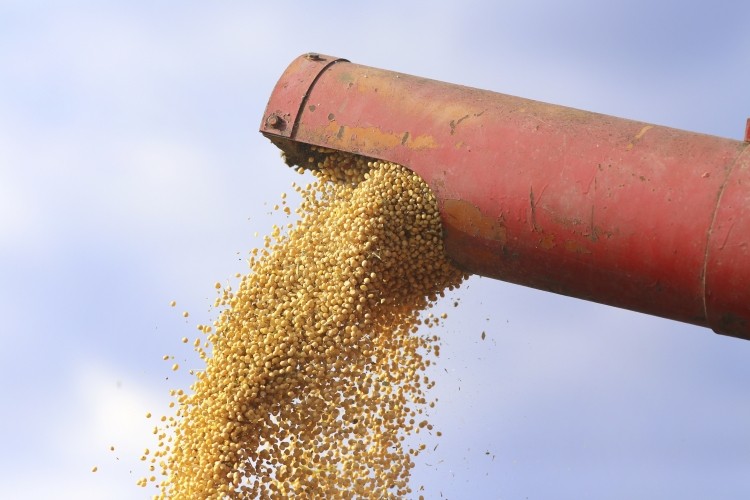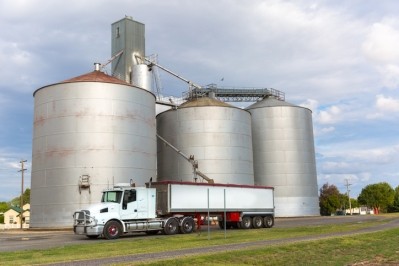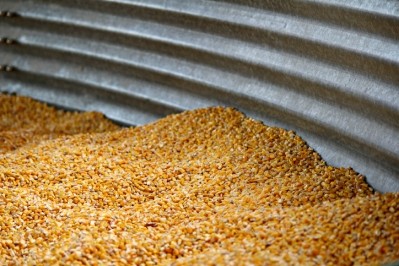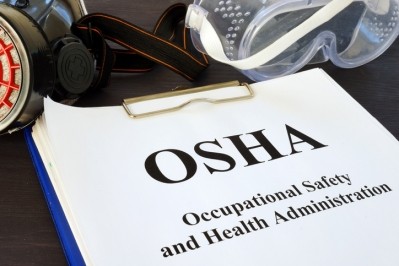Workshop offers feed, grain industry members tips on dust management

The workshop is being offered after the upcoming Convey17 compliance conference and tradeshow in Kansas City, Missouri.
The session covers several topics including the data regarding how many grain dust explosions happen on average in the US and basic cause of or reasons behind the explosions, said Kingsly Ambrose, assistant professor of agricultural and biological engineering at Purdue University.
The overarching goal of the program is to reduce the number of grain dust related explosions the industry sees annually.
“The workshop are funded by OSHA [US Occupational Safety and Health Administration] and the main purpose is that we create awareness among the workers [in the industry],” he told FeedNavigator. “They’re the ones who directly deal with the dust, so mostly the workers and the supervisors.”
One goal of the program is for attendees to be more aware of the dangers posed by the build-up of grain dust, the dangers posed by different ignition sources and better ways to handle grain or feed to reduce the potential for dust to be generated, he said.
Although he has worked with members of the feed and grain industry that have not heard of the danger posed by grain dust, that has been changing in recent years, he said. “People are more aware of the explosion dangers and federal regulations,” he added.
“It’s kind of new information for some of them and a refresher for others,” said Ambrose. “They knew some of the things, but refreshing their knowledge on dust and dust explosions.”
Safety statistics
From 2007 to 2016 there have been 91 explosions attributed to grain dust in the US.
There were 10 people killed and 95 injured in the different incidents.
Of the reported incidents, 55 were in grain elevators and 19 happened in feed mills.
Program specifics
On average, about 10 grain or feed grain dust explosions happen in the US every year, Ambrose said.
In recent years, incidents have happened in feed mills, grain elevators and grain mills, stated Purdue in a report on the topic. There were five facility explosions in 2016 with three fatalities and eight injuries.
The slight majority happen in facility that handle feed corn, said Ambrose. They tend to be more prevalent before harvest or just after a harvest period.
“The numbers [of explosions] are high when we move grain, during the harvest season, when we bring in lots of grain to the facility and before harvest when we start moving grains out of the facility,” he said.
Safety regulations kick in after dust build-up reaches one-eighth of an inch, he said. However, there is some consideration that the amount may be reduced.
“The major thing is keep the dust away, that’s the first thing,” Ambrose said. “The second thing is, in most places the dust collects in hidden areas on top of beams or on light features, those are the places where we have to be very careful of and remove the dust from those areas.”
Additionally, any welding or cutting that takes place in a facility that handles grain needs to be done carefully, and with the proper permits, he said.
“I usually to tell them to ground all the equipment, so there are no chances of static charge build-up and no open wires, electric wires, as that could also lead to an ignition source, and not to do any welding or cutting around dusty areas,” he said.
Other concerns include the potential for metal pieces to be transferred from the combine into the handling equipment, he said. The interaction between the two can generate sparks.
And overloading the equipment or choking the flow can cause friction, which also could result in a potential spark, said Ambrose.
Most attendees say that the facility where they work has a housekeeping policy or practices in place to address dust, he said. However, some say they find the personnel to stay on top of such tasks is sometimes lacking.
Information also is offered on new technology and the use of sensors in improving safety and conditions inside of grain handling facilities, he said.









